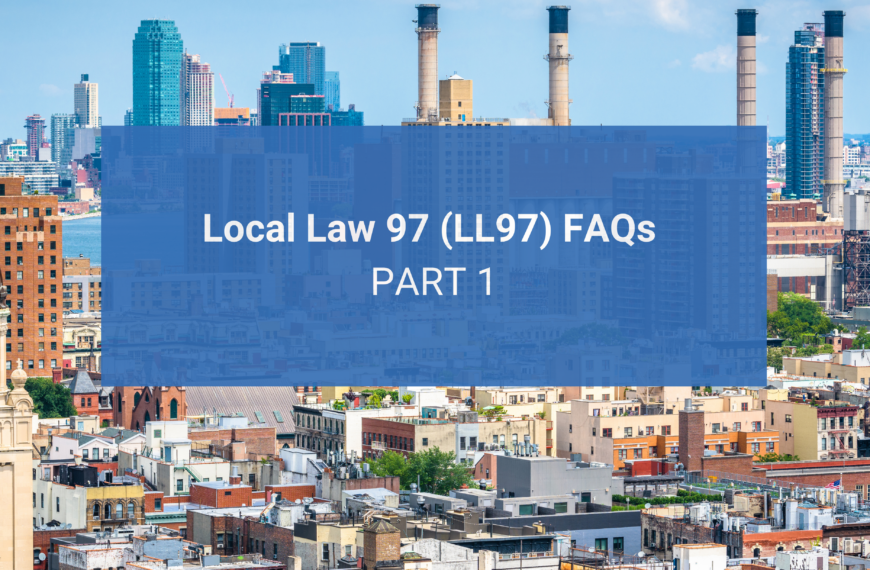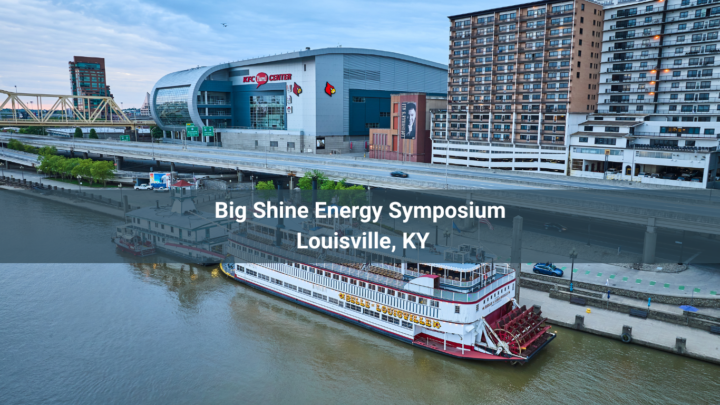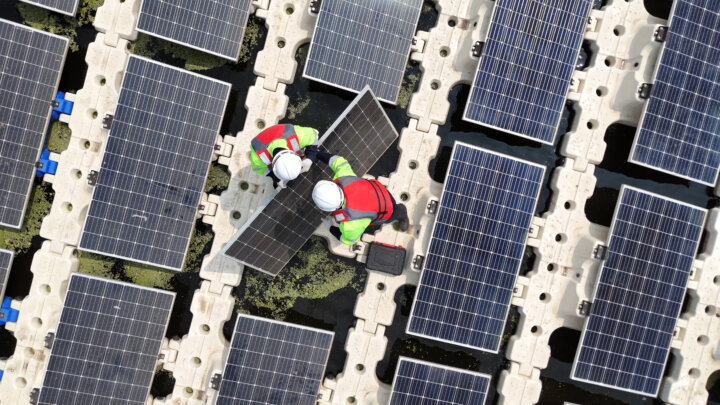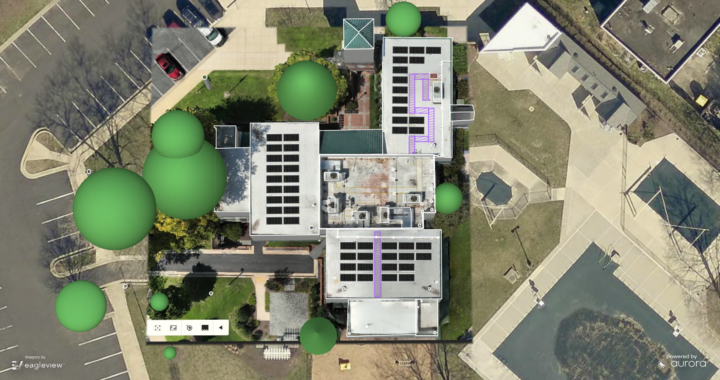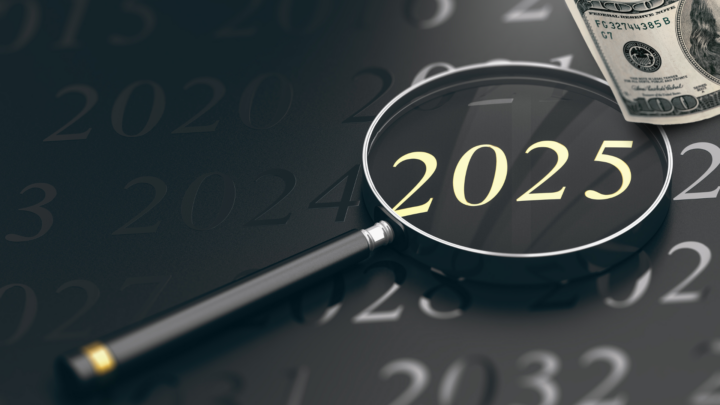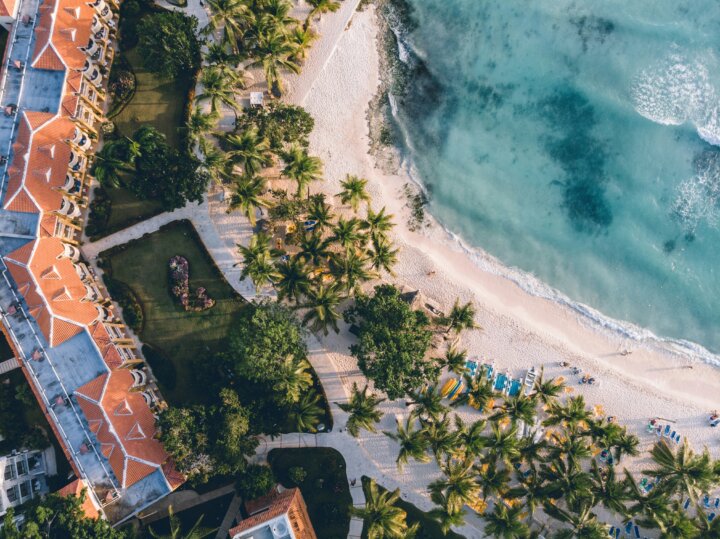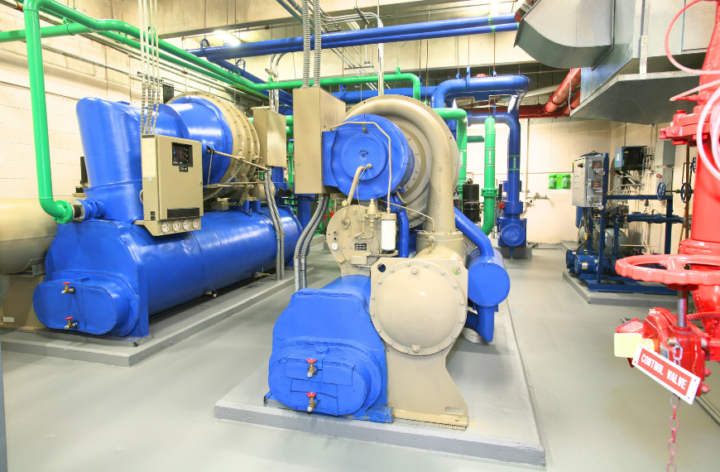What does Local Law 97 of 2019 do?
Local Law 97 of 2019 (LL97) sets carbon emission limits for large buildings in New York City, starting in 2024, with the goal of reducing emissions by at least 40% by 2030 and over 80% by 2050. The law applies to market-rate buildings over 25,000 square feet, multiple buildings on the same tax lot exceeding 50,000 square feet, and condo buildings governed by the same board with a combined size over 50,000 square feet. Non-compliant buildings face fines of $268 per ton of excess emissions. By 2030, LL97 is expected to cut the city’s carbon emissions by six million tons, equivalent to removing 1.3 million cars from the roads, while creating 26,700 green jobs and improving public health by reducing pollution.
How many buildings will be affected by this legislation?
Approximately 40,000 buildings, covering nearly 60% of New York City’s building area, will be impacted by LL97.
What is the compliance timeline?
LL97’s compliance timeline is structured to allow buildings sufficient time to incorporate projects into capital planning and align with replacement or refinancing cycles. Buildings must start reducing emissions in 2024, though 80% of affected buildings are already meeting their 2024 targets. More stringent targets are set for 2030 through 2050, aiming for an 80% reduction in emissions by 2050, in line with the city’s 80X50 goal.
What concrete steps can be taken to reduce emissions from buildings?
Building owners can lower energy use by improving heating, cooling, hot water systems, roofs, windows, and electric appliances. Emissions can also be reduced by installing solar panels and switching to cleaner energy sources. Although buildings may still rely on fossil fuel power plants if they switch from fuel oil or natural gas to electricity, efficiency improvements should allow most buildings to meet their 2024 and 2030 targets. By 2035, as the grid becomes cleaner, buildings will need to electrify further. New York State’s Climate Leadership and Community Protection Act requires 100% of the state’s electricity to come from renewable sources by 2040, enabling buildings to reduce emissions using clean electricity.
What is a mediated resolution for market rate buildings?
A mediated resolution is an agreement between the Department of Buildings (DOB) and a building owner not in compliance with emissions limits, provided the building owner has filed an emissions report, demonstrated “good faith efforts” to comply, and the mediated resolution facilitates compliance. Failure to adhere to the terms of the mediated resolution may result in penalties.
What if my building is affordable housing or contains rent-regulated units?
Buildings with affordable or rent-regulated housing may be eligible for prescriptive or delayed compliance under LL97. The Prescriptive Pathway requires certain buildings to meet different requirements than most under LL97. Delayed compliance is possible under two timelines, the 2026 Pathway and the 2035 Pathway, as specified in NYC Administrative Code Title 28, Article 320.
Will this law cause energy costs to go up? What about residential or commercial rents?
LL97 is expected to lead to long-term cost savings for both building owners and tenants by driving improvements in energy efficiency for building equipment and systems.
How are renewables outside Zone J credited?
LL97 provides a deduction from building emissions for renewable power and hydropower directly connected to New York City, regardless of whether they generate RECs in other markets. Hydropower resource owners must certify the energy produced and verify that all non-power attributes are sold only once to comply with the law.
Why did the City decide to treat hydropower differently from other renewable resources?
Hydropower, which does not involve fossil fuel combustion, directly connects to New York City’s electric system, improving air quality and reducing greenhouse gas emissions. Additionally, hydropower’s dispatchability, often integrated with pumped storage, reduces reliance on fossil-fueled generating facilities.
What is a clean distributed energy resource (DER) according to the law?
Clean DERs are emissions-free energy resources like solar, wind, hydro, and geothermal, as well as energy storage resources that do not release new emissions. Fossil-based resources, such as gas-fired combined heat and power (CHP), are not included. Clean DERs are eligible for deductions under LL97 for helping lower the grid’s carbon intensity.
